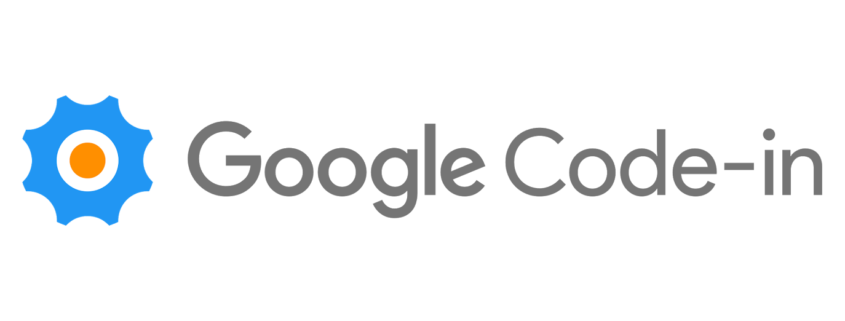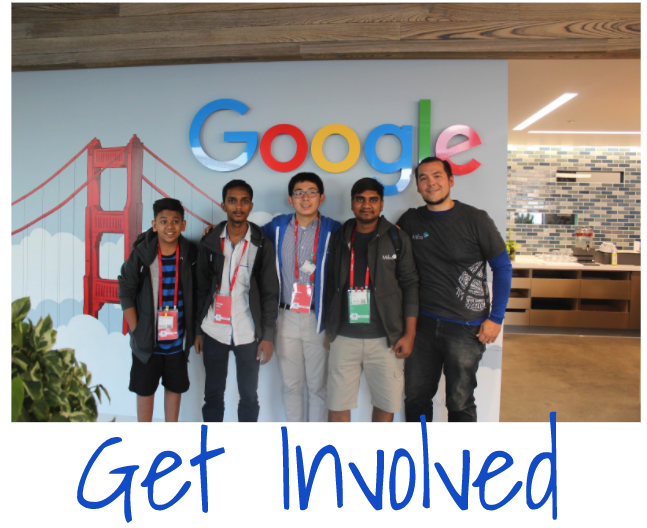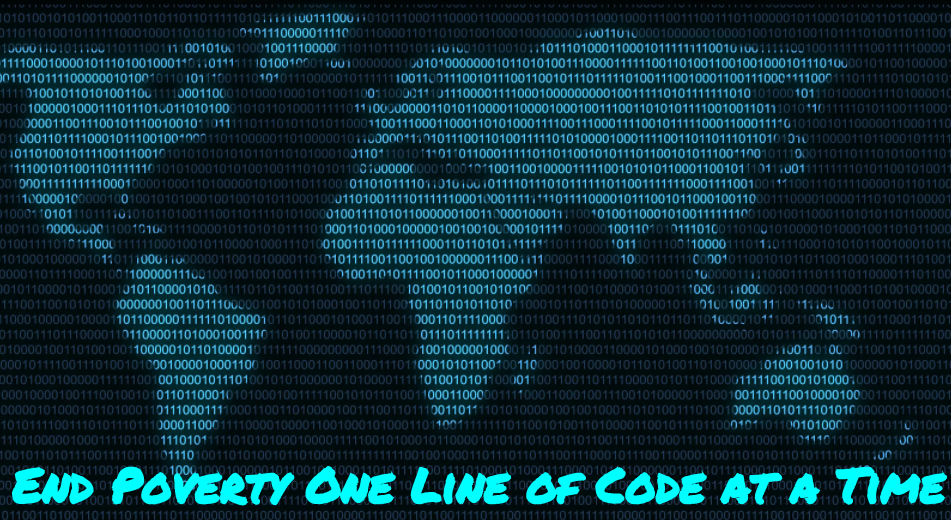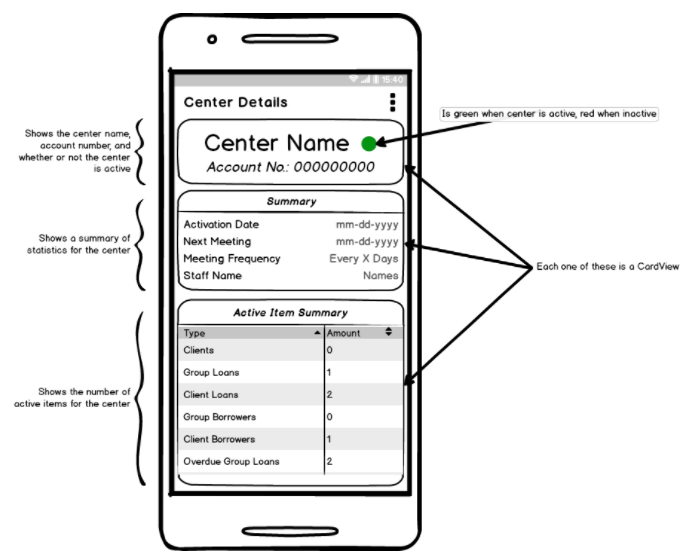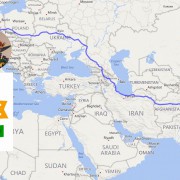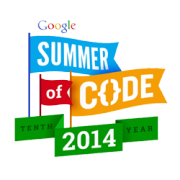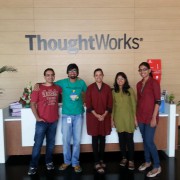2017 Google Code-In is Underway
The Mifos Initiative once again has the honor of participating in Google Code-In, a fast-paced six-week long immersion of high school students into open source. For these pre-university students, our community provides a unique opportunity to learn about all aspects of open source collaboration, open source code development, and open source community all while helping to end poverty one line of code at a time.
For us, it’s a meaningful way to share the expertise of our community and our mentors in opening the eager eyes of these students to the many ways to contribute to open source in a technical and non-technical fashion. Since we work with so many new contributors coming in, it’s also a great way for us to improve all the points of entry to our community and have students participate in this as well. Google Code-In catalyzes a cycle creating new contributors and helps us cultivate our community to continue to grow organically.
Thank you to the hard work of all our mentors so far. So many of our past students have really been paying it forward to the next generation of contributors!
Impact Thus Far
We’re only 2 weeks into the program but we’ve already nearly surpassed the total number of tasks completed last year. In 2016 we worked with 34 students who completed 159 tasks. Just 14 days into this year’s program, we have worked with 100 students who’ve completed 141 tasks.
Fight Poverty with Financial Inclusion
This year we’ve tried to connect personally with all students, offering a close look at our technology stack and more importantly how participating in our program can help in the fight against poverty. We held an introductory webinar and AMA session as well as recorded intro videos for our codebases and for our mentors. All the relevant information for GCI for Mifos can be found on our Google Code-In 2017 wiki
If you’re a student that’s looking to contribute, it’s not too late to begin – we have many tasks available and are adding more daily
If you’re a student that’s already participating, keep contributing and make sure you’re interacting with the community, communicating well with your mentors, and helping your fellow students. It’s all about quality and not quantity so put your best effort into each task and get the most out of the experience.
Code
Across our Apache Fineract and Mifos X code bases, we have a variety of bite-sized tasks that can help students get introduced to cutting edge technologies valuable for careers in fintech or any contribution to open source. Thanks to the great work of our mentors (many former GSOC students) we have Java and Spring-related tasks for the Apache Fineract platform, Android development for our mobile field operations, mobile banking and mobile wallet apps, and web development on top of our Mifos X web app and online banking apps.
Already students have completed twenty-three tasks related to documenting additional APIs via Swagger, fixing bugs in the Mifos X web app, and minor enhancements to our mobile apps.
Outreach/Research
As both a 501(c)3 non-profit and a user-facing partner driven open source community, we have a higher need for outreach and research than your typical open source projects. Students have the opportunity to work on all sorts of tasks to help the community and initiative stay aware of the latest trends amongst fintech and core banking, research tech hubs and incubators to help us with our innovation strategy, build out creative commons image libraries for use in our collateral, write blog posts on open source, designing t-shirts and graphics, donor outreach, research hourly rates of software developers to track our in-kind volunteer contributions, and conduct research briefs on fintech and financial inclusion.
Here are some highlights of the great we’ve received thus far:
T-Shirt Design from Daniel Genkin:
A snippet from a wonderful blog post on why open source is valuable from Matthew Katz:
If young people learn how to code well they can apply that knowledge later on to help benefit all facets of society. It will not only benefit society but also the workforce as there will be more talent on the market meaning that companies should have the incentive to create more open source material as that is a way they could be investing in future talent.
User Interface & Design
This year we have a number of tasks related to mocking up and designing new screens and workflows in mobile and web apps. We also want students to help improve the overall usability of our software. Design is not just needed for our software itself, we’re also seeking help in optimizing the design/layout of our current collaboration tools and infrastructure for the community.
We have had some nice contributions from students making mockups for new screens in our mobile field operations and mobile banking apps.
Center Details Mockup for Mobile Filed Operations App by Akhash Bhave:
QA
Quality Assurance is under-appreciated across any open source project and we want to help students help realize how essential it is through a variety of QA tasks across our stack including finding and reporting bugs, doing manual regression and usability testing, and setting up automated tests and unit tests.
Chirag Gupta created this great guide on how to submit a bug report.
Documentation/Training
Open source banking for financial inclusion can be a complex topic and building appropriate technology that is highly usable requires a wealth of documentation. Students have been working on tasks related to functional documentation for our apps, technical documentation for contributing, and documentation to help introduce our community to fintech and financial inclusion.
Students have provided some awesome work including Screencasts on our Apps, Training slides on two-factor authentication and FAQs on a number of topics including this great FAQ on Blockchain for Financial Inclusion by Chirag Gupta, and this nice diagram on Github workflows from Akhash Bhave:
We have 4 weeks to go in the program and look forward to many more contributions!

